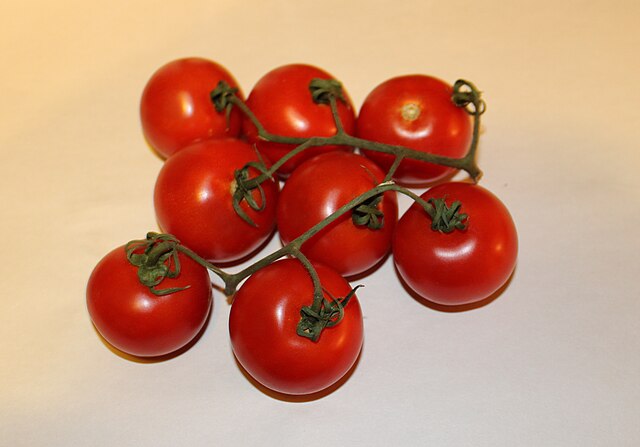The United States on July 14, 2025 set 17.09% duty on select fresh tomatoes from Mexico, risking a pricing time bomb.
In the announcement, the Secretary of Commerce Goward Lutnick backed President Trump’s aim to end “unfair trade practices that undercut pricing.”
The decision follows a round of unsuccessful talks between the two sides, including shuffle diplomacy by Mexico.
Diplomacy centered on the draft Tomato Suspension Agreement (TSA) of 2019, which the U.S. Department of Commerce has now finally ended.
Before the 2019 redraft, the original TSA of 1996 had safeguarded against cheap cross-border tomato trade. Even with it, dumping ironically still persisted, sometimes by as high as 400%.
This was why the commerce department in late April 2025 vowed to tax fresh imports at 20.91%, now lowered to 17.09%.
Since inception, the TSA had had renewal five times but that did not happen after the 2019 redraft.
Interestingly, the Federal Register in December 2024 found that terminating the agreement would still cause 30.48% dumping levels.
Price Stipulations
With the termination, two divergent views on the pricing impact have emerged, one positive and the other negative.
For one, the Department of Commerce expects local tomato farmers to get good monetary value for their produce.
In its support is the Florida Tomato Exchange that opines that cheap imports have strangled market hopes for domestic producers.
Furthermore, the 2019 “anti-dumping” deal that set a minimum import price didn’t deter cheap sales.
Some trade experts, on the other hand, feel that duty will hike American tomato prices by 10% and lower demand by 5%.
The claim gathers weight because Mexico has perenially supplied 70% of all federal tomatoes. Cross-border tomato imports reach $3 billion annually and generate $8.3 billion in federal economic benefits.
As of May 2025, organic tomato prices had hit $1.70 a pound, per the U.S. Bureau of Labor Statistics.
Citing the above data, the U.S. Chamber of Commerce on July 11 wheedled the Secretary of Commerce to preserve the Mexico deal. And as the following statistics reveal, the department has a cause to worry as fresh tomato tariffs raise costs.
Mexico Tomatoes + U.S.’ Tariff Statistics
The anti-dumping terms of 1996’s Tomato Suspension Agreement (TSA) governed the $2-$3 billion annual Mexico-U.S. tomato trade for 23 years. After a preliminary termination of the anti-dumping agreement in May 2019, a tariff of 17.5% came up. According to the GM Review, post-tariff prices of tomatoes spiked by 60% to $3.50 a pound, from $1.80. In August 2019, the Commerce Department eliminated the tariff in favor of minimum pricing via a new draft suspension agreement. The regulation set minimum import prices from Mexico, of which organic tomatoes cost 40% higher than non-organics.
What were the minimum prices for Mexico’s tomatoes under the draft 2019 TSA ?
According to the Commerce Department, Roma tomatoes from Mexico into the U.S. had minimum pricing at $0.31 a pound. This is even as stem-on tomatoes had to cost at least $0.46/lb. Vine tomatoes, on the other hand, would cost a minimum $0.50/lb while specialty packed types would fetch $0.59.
Why is a tariff deemed necessary?
The necessity for tariffs owes to price unfairness across the border. For instance, tomatoes from Mexico sold 20.91% lower than home supplies inside the U.S. in 2024. Conversely, pre-1996 imports from Mexico sometimes sold 188% lower than their cross-border equivalents.
